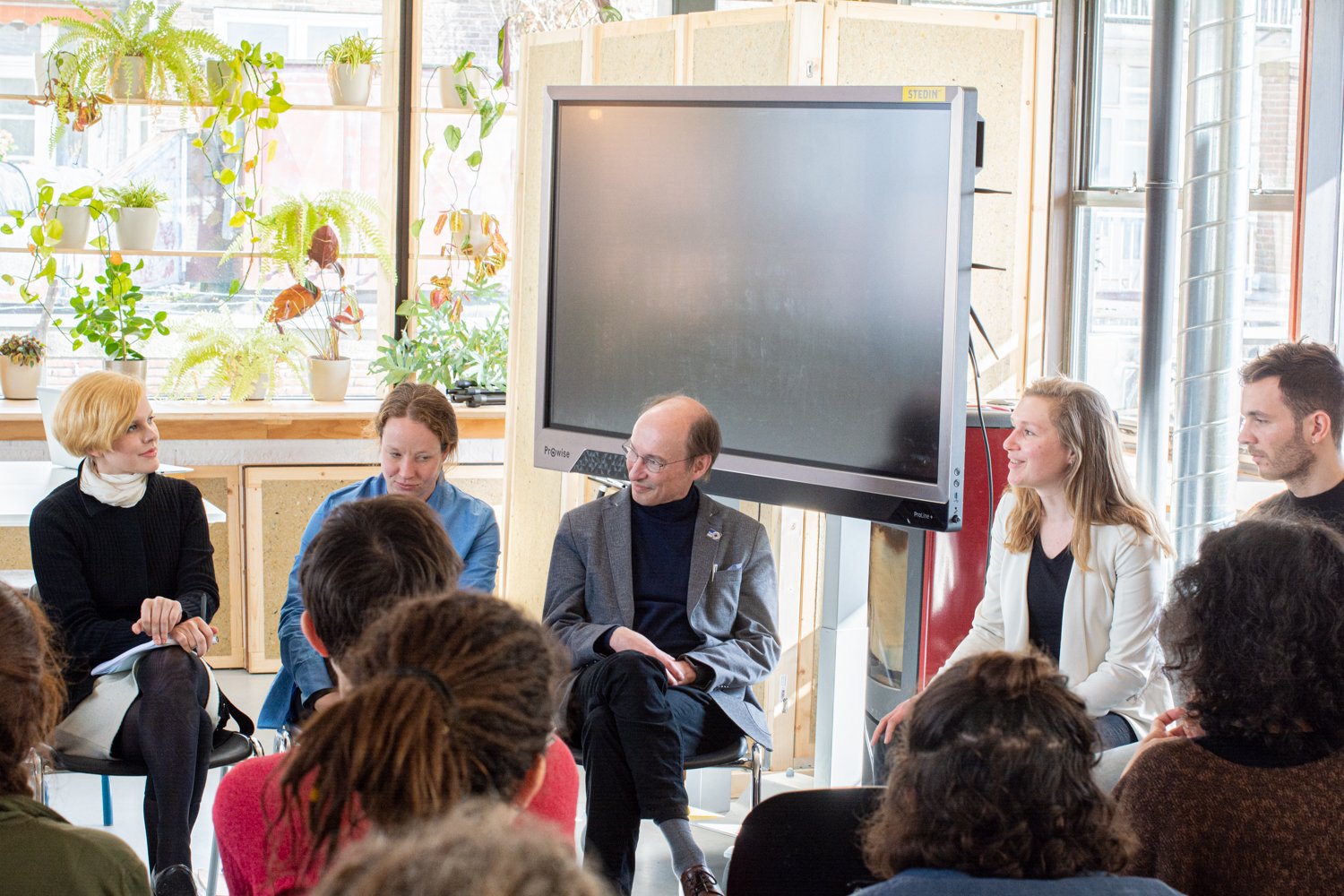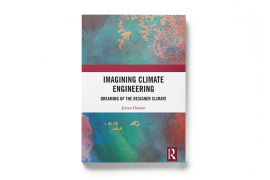Modelling the Low-carbon Future

Exploring new ways of imagining low-carbon futures through Integrated Assessment Models and alternative futuring techniques
In the context of global science and policy, low-carbon futures are typically explored with Integrated Assessment Models (IAMs). IAMs are uniquely capable of simulating complex interactions between human and natural systems, and therefore valuable for policy-makers to explore possible strategies. However, IAMs also face shortcomings, such as their limited capability of conceiving of transformative changes beyond technical and economic solutions. The urgent need for transformations on all societal levels therefore calls for new ways to imagine low-carbon futures. Currently a multitude of ways to imagine low-carbon futures exists, which may have strengths that could complement the IAM approach. Our aim is therefore to better understand if, how and under what conditions such an alliance could be fruitful.
Publications
What are Integrated Assessment Models and why are they important?
The currently dominant way of understanding the past, present and future of our climate is through computer models. Models are not just used to explore possible future climatic changes, but also how our society could transform to a less carbon-intensive society. The latter is typically explored with Integrated Assessment Models (IAMs): computer models that simulate complex interactions between climatic and human processes. IAMs are uniquely capable of exploring causes, impacts and responses which are important strengths to inform policy-makers on the effectiveness and impacts of various climate policies.
IAMs also have their pitfalls, such as their limited capability of conceiving of socio-cultural changes that are crucial in low-carbon transformations. They are also often criticized for relying too much on technologies that remove carbon from the atmosphere. Given the powerful position of IAMs in the climate science-policy interface, their scenarios influence how policy-makers deliberate on future climate action. Given their shortcomings, a reliance on IAMs therefore risks ruling out societal changes that are potentially crucial to bring us to a low-carbon society.
A need for new ways to imagine and mobilize low-carbon futures
Since moving towards a low-carbon society requires far-reaching transformations in economic, cultural and technological systems, there is a need to expand the ways in which IAMs currently explore possible futures. Moreover, these transformations require not just policy-makers, but diverse sets of agents of change. There is a multitude of techniques available to imagine low-carbon futures, such as climate fiction, gaming and speculative design. These techniques differ in how futures are imagined and actors are mobilized, which may have strengths that are complementary to the IAM approach. There may be thus be opportunities to form an alliance between IAM and alternative futuring techniques to find new ways of imagining low-carbon futures and mobilize actors.
In this research we therefore ask: Why did IAMs become prominent tools in the science-policy interface? How are IAMs currently shaping the possibility space of future climate action? And which alliance between IAMs and alternative futuring techniques could reveal new ways to envision low-carbon futures? We do so by (historically) analysing interactions between IAM and policy-making and comparing various futuring techniques. We also design and investigate the effectiveness of interventions in which IAMs are combined with alternative futuring techniques.




